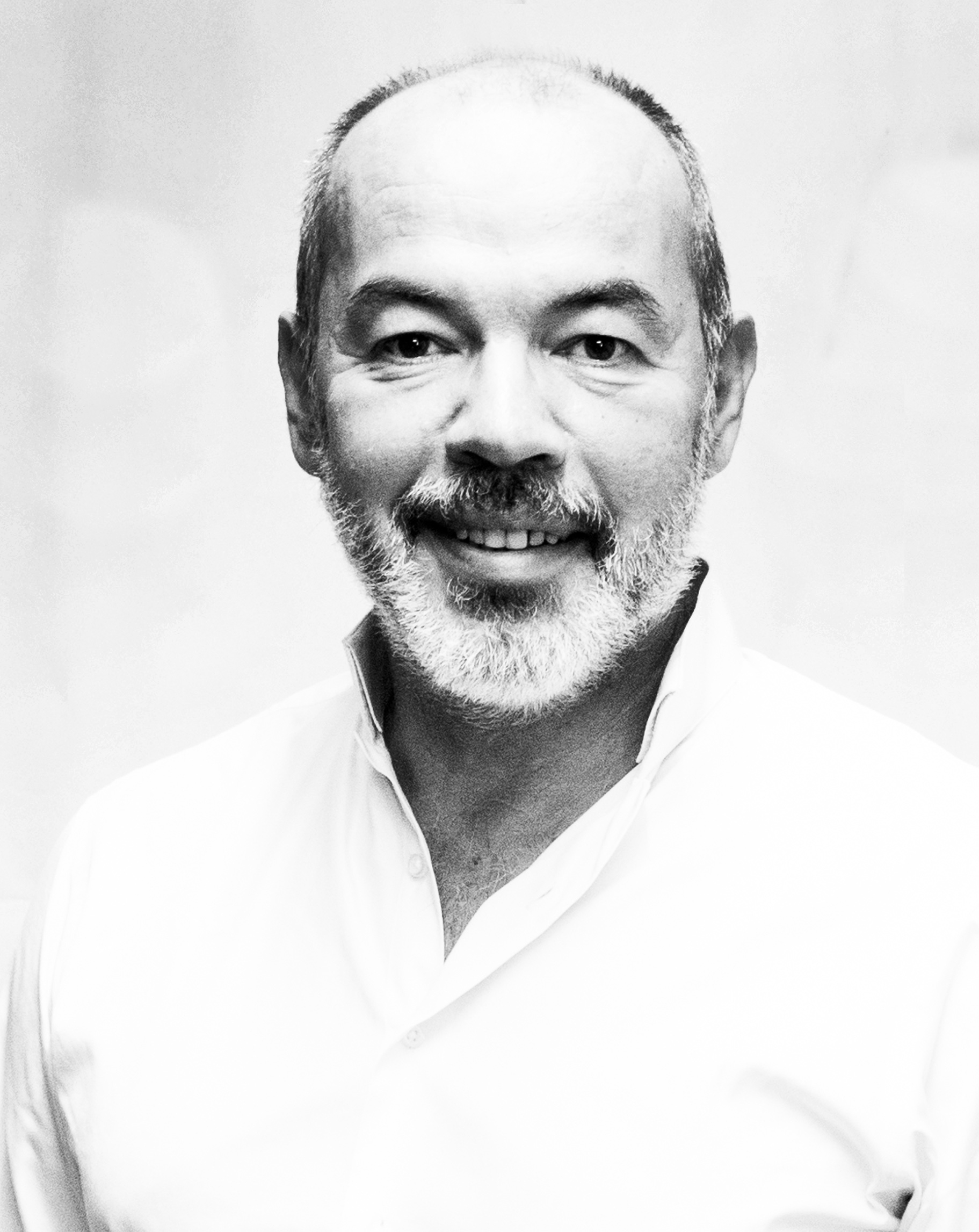 |
By Christophe Ginesty - Digital Strategist and PR expert, former President of the International Public Relations Association (IPRA)
When on January 7th 2015, Joachim Roncin, a creative director in a magazine about pop-rock music, heard that a terrorist attack was happening at Charlie Hebdo's offices in Paris, he was devastated. This publication was much more than just another magazine. It was the weekly his father and him were discovering laughing together every other Wednesday at home when he was a teenager. Charlie Hebdo was very special to him.
There was a lot of confusion that morning. Nobody really knew what was going on at Charlies', but some journalists were already reporting on Twitter numerous killings.
Less than 30 minutes after the very first tweets on the tragedy, and in an attempt to express his true sadness and his compassion for the journalists attacked, Joachim sat at his desk and instinctively designed "Je suis Charlie" logo. He then attached it to a new tweet, not anticipating this was about to become this incredible viral image that the entire world has shared for weeks. You need to have in mind he had only 500 followers on Twitter when he did it.
Far be it from me to disrespect the victims by calling "Je suis Charlie" a communications campaign, but I still believe that we have a lot to learn from this story.
The first obvious thing is that a message that comes in the right format, at the right time, carrying the right meaning with a strong emotional value can become viral in a minute, thanks to the impressive power of social networks.
The second thing is that you don't need to be a prominent organisation, a strong global brand, a reputable author or a so-called influencer to have a massive impact on people.
The third one is that you don't necessarily need money to reach a large audience and influence people's vision on a particular topic.
For many years, people have thought that professional Public Relations as well as other communications techniques required a lot of money and too many leaders still consider today that it's nearly impossible to influence public without a significant budget to put on the table.
It used to be accurate in some ways but it's not anymore.
There is a paradox in the digital era. Although it becomes more and more difficult each day to stand out in the middle of zillions of information flows, it also becomes easier to make something viral while not having to invest large amounts of money.
Journalists and traditional opinion leaders are not anymore the only ones to decide what deserves to be quoted and supported. Connected crowds have become a media and this media is now mainstream.
If you manage not only to spread the news but to create emotional significance, if you become inspirational and easy to follow and if you know how to motivate members of your community, you will eventually succeed at overachieving your communication objectives without too much investment.
This is a fantastic opportunity for organisations that don't have huge communications budget and this is what we will be talking about on November 10th in Brussels.
How to have an impact on influencers when you have very little budget? How to stand out in a very busy and noisy environment? How are social networks fostering opportunities to reach your audience? I will help you discover the latest techniques that will help you make a difference by designing and executing smart PR strategies.
Workshop at the UIA Round Table 2017 facilitated by Christophe Ginesty.